The Vietnamese Scientists' Heritage Park is impressive amidst lush greenery. (Photo: MEDDOM)
Upon arriving at the Vietnam Scientists' Heritage Park (internationally known as Meddom Park), visitors can easily feel the tranquility of a picturesque landscape, combining the features of an ecological park with a unique museum. Officially opened to visitors in 2016, the park initially covered 2.7 hectares and has since expanded to over 34 hectares, boasting a multi-functional and aesthetically pleasing architectural complex.
According to Associate Professor, Dr. Do Van Tru - Chairman of the Vietnam Cultural Heritage Association, the establishment of the park is an important milestone in the research, preservation, and promotion of the value of tangible and intangible heritage by Vietnamese scientists, and at the same time, it has become a tourist destination associated with education and experience.
According to Dr. Tran Bich Hanh, Deputy Director of the Museum of Vietnamese Scientists' Heritage, it is estimated that the museum welcomes tens of thousands of domestic and international visitors each year, including a large number of students, contributing to spreading a love of science and inspiring learning and building the homeland.
The establishment of the park marks a significant milestone in the research, preservation, and promotion of tangible and intangible heritage values by Vietnamese scientists, while also becoming a tourist destination linked to education and experiences.
Associate Professor, Dr. Do Van Tru - President of the Vietnam Cultural Heritage Association
The Vietnamese Scientists' Heritage Park was established from the aspiration of Professor, Doctor, and Labor Hero Nguyen Anh Tri, former Director of the Central Institute of Hematology and Blood Transfusion, and founder of the Center for Vietnamese Scientists' Heritage.
Since 2008, the unit has collected nearly one million valuable documents and artifacts. The lives and careers of great figures in Vietnamese science, such as Professors Ton That Tung, Ho Dac Di, Tu Giay, Bui Dai, and those who laid the foundation for military engineering: Tran Dai Nghia, Ta Quang Buu, and dedicated agricultural science professors: Luong Dinh Cua, Bui Huy Dap, Vu Tuyen Hoang, are vividly recreated here.
Each exhibit tells its own story, from an old camera, a notebook, a map, a microscope… to a simple pen, all connected to a journey of research, teaching, and dedication. Thematic exhibitions such as “The Aspiration for Learning and Creativity,” “Deep Within Each Artifact,” “Stories of Geology,” and “Science: Creativity and Contribution” affirm the special value of this cultural institution.
Many visitors are moved when they see a time-worn manuscript, a rusty typewriter, or listen to stories about the arduous research journey leading to success, and the friendships, loves, and teacher-student relationships intertwined with scientific life.
With its spacious grounds and diverse experiences, the park is not only a vast repository but also offers visitors an exciting journey of discovery. The architecture here is highly creative and symbolic, most notably the Book Building – a structure resembling an open book, symbolizing the boundless treasure of knowledge.
The building's five exhibition floors take visitors on a journey through the history of Vietnamese science, showcasing rare artifacts, and recreating the workspaces of many renowned scientists. Notably, the fifth floor is an experiential area where visitors can participate in interactive science activities.
Since 2008, the unit has collected nearly one million valuable documents and artifacts. The lives and careers of great figures in Vietnamese science, such as Professors Ton That Tung, Ho Dac Di, Tu Giay, Bui Dai, and those who laid the foundation for military engineering: Tran Dai Nghia, Ta Quang Buu, and dedicated agricultural science professors: Luong Dinh Cua, Bui Huy Dap, Vu Tuyen Hoang, are vividly recreated here.
The park boasts a rich and romantic natural landscape, featuring Love Lake, Quy Thuy Stream, pine forests, and a flower garden with over 500 plant species, including 200 species of precious timber. Visitors can enjoy activities such as rafting, fishing, traditional bamboo dancing, or exploring the stilt houses of the Muong people. During the orange season (October to December), visitors can also tour and sample local specialties at the nearby orchards laden with ripe Cao Phong oranges.
Ms. Ta Thanh Huyen from Hanoi shared: “Upon arrival, everyone is surprised and exclaims: A place like this deserves to be known by more people. The structures shaped like ‘butterflies, ladybugs, and peacocks’ create a feeling that is both artistic and familiar.” Many international tourists who visit have highly appreciated the park's unique concept, a cultural and scientific complex that places intellectual heritage in an open space, closely connected with nature and community life.
To commemorate the 80th anniversary of Vietnam's National Day on September 2nd, the park recently inaugurated an exhibition titled "Contributions of Vietnamese Scientists to the Cause of National Construction and Defense"; expected to last for 5 years, the content will be regularly updated, helping the public clearly visualize the 80-year journey of dedication of Vietnamese intellectuals throughout the resistance period until the country gained independence and the current socio-economic development.
The combination of nature and intellect, science and culture has created the unique charm of the Vietnamese Scientists' Heritage Park. It is not only a place to honor the scientific heritage and memories of talented scientists, but also a destination with great potential, contributing to enriching the tourism map of Phu Tho and the northern mountainous region.
HAI LAM
Source: https://nhandan.vn/kho-bau-tri-tue-giua-mien-di-san-post903901.html


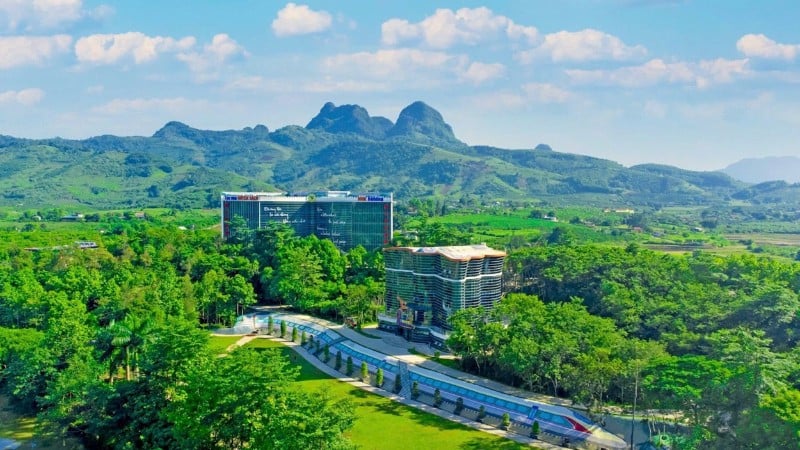








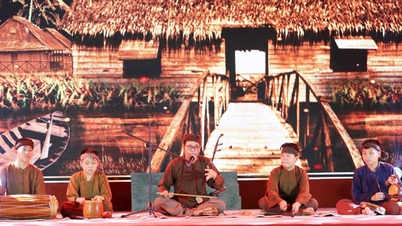



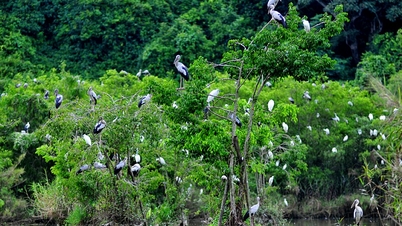

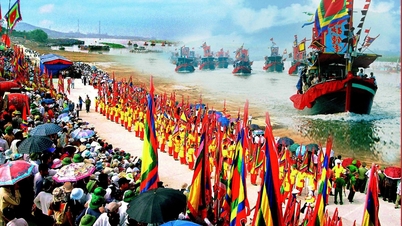

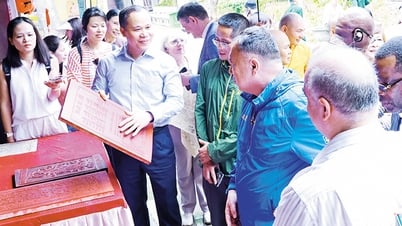



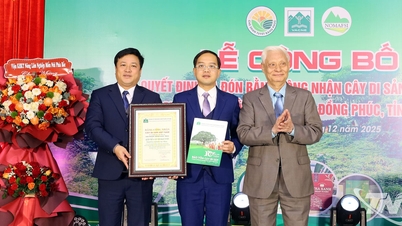


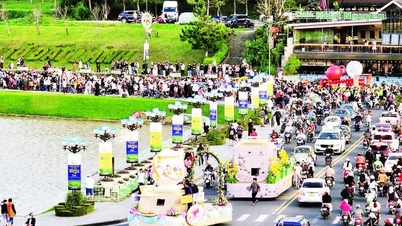

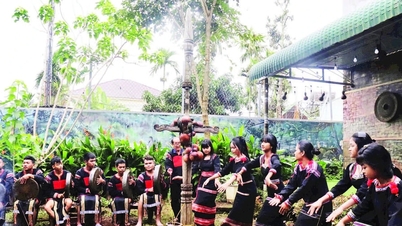
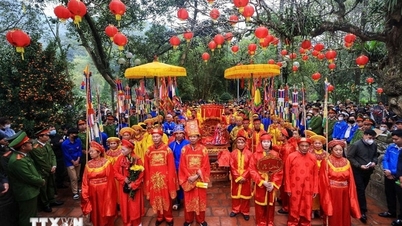
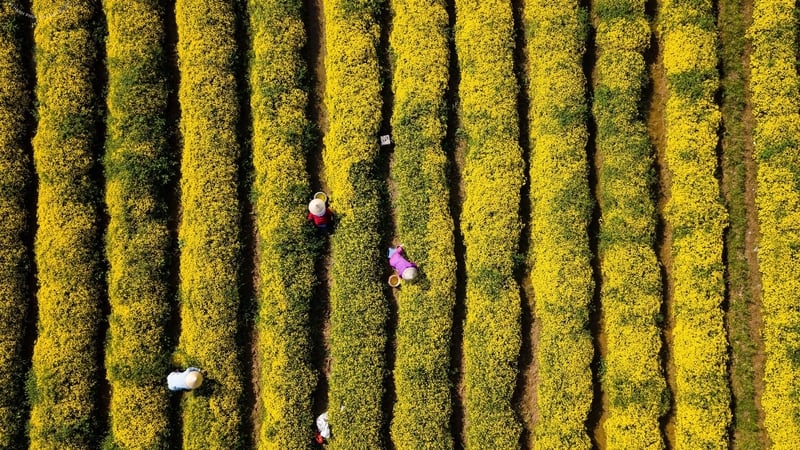



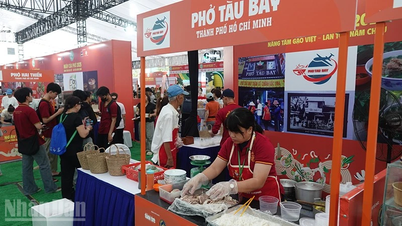
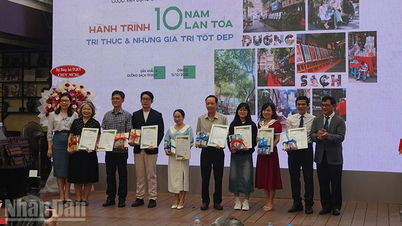

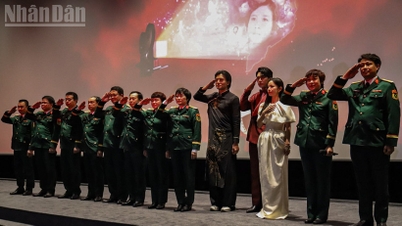

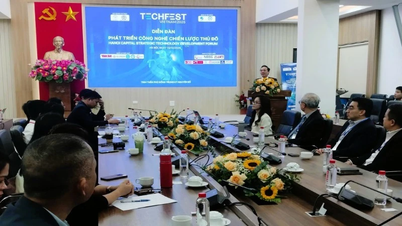



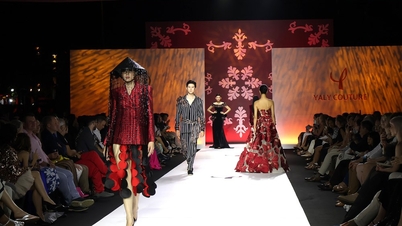



















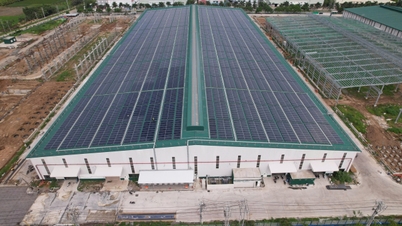


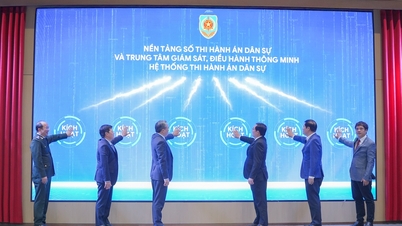
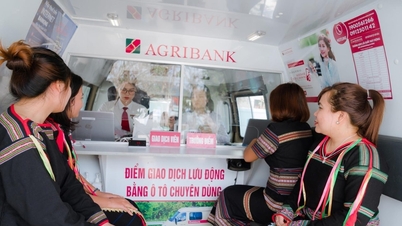
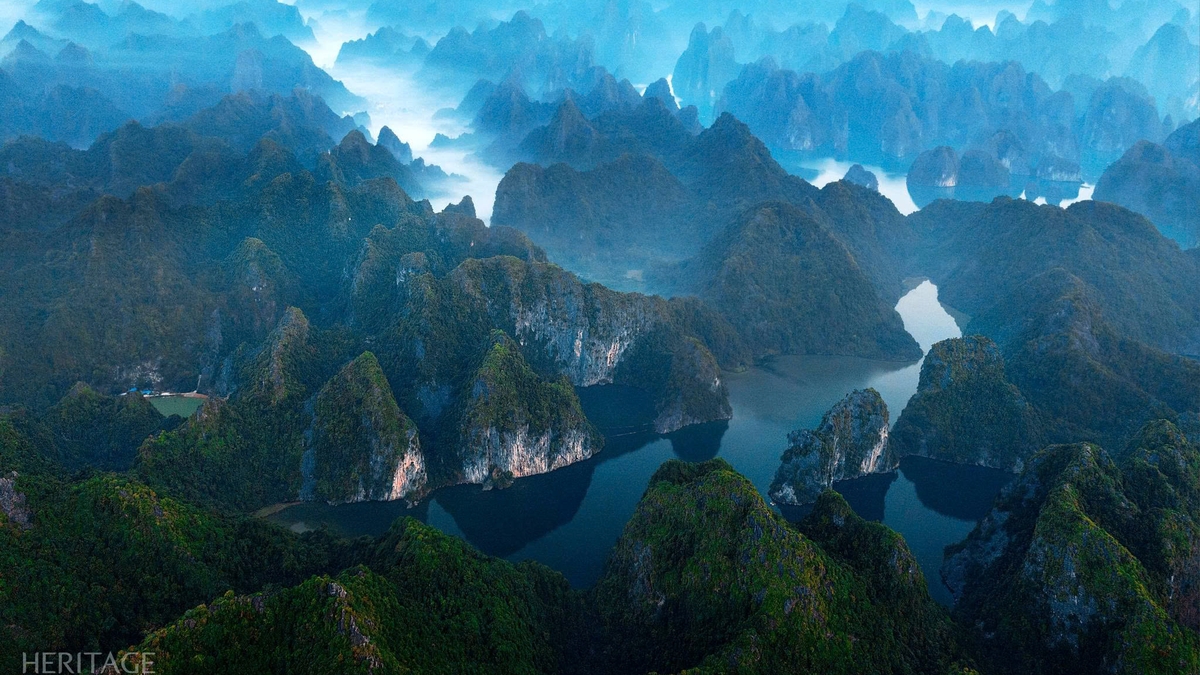
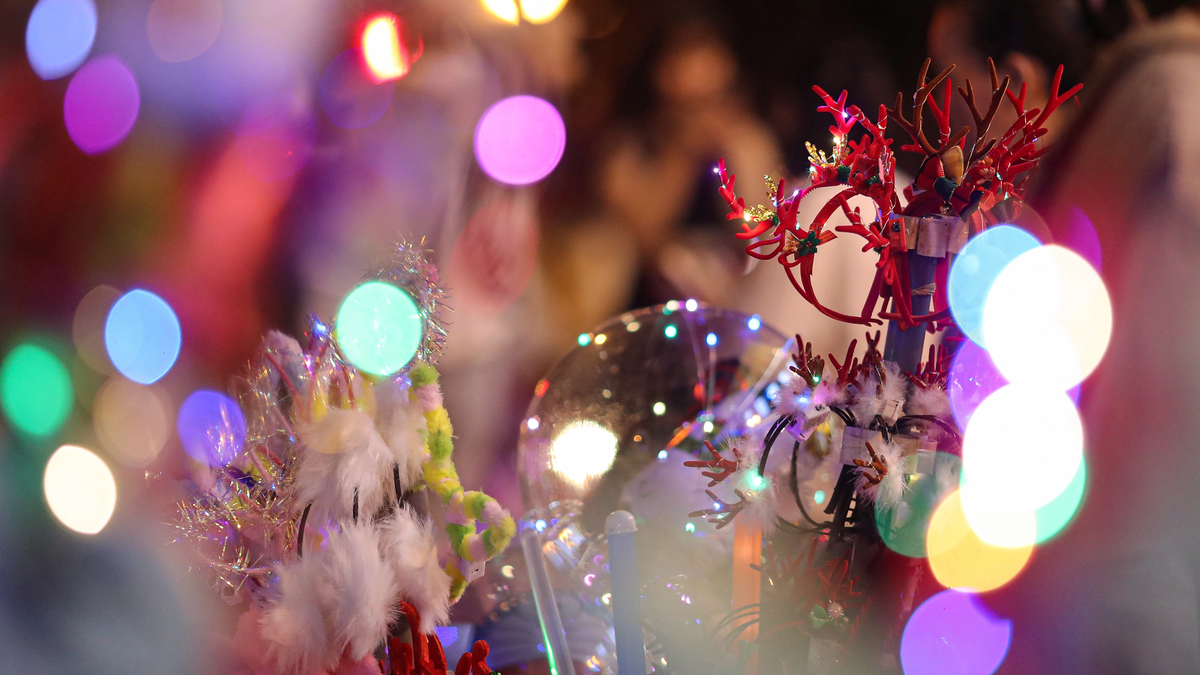
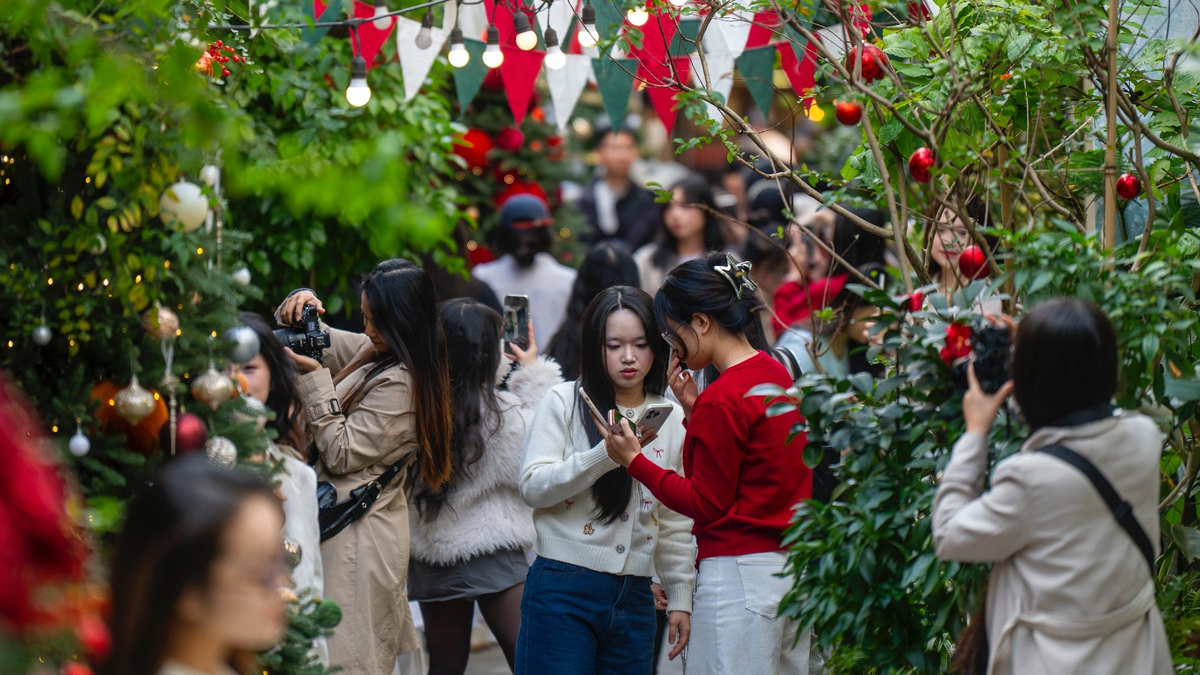
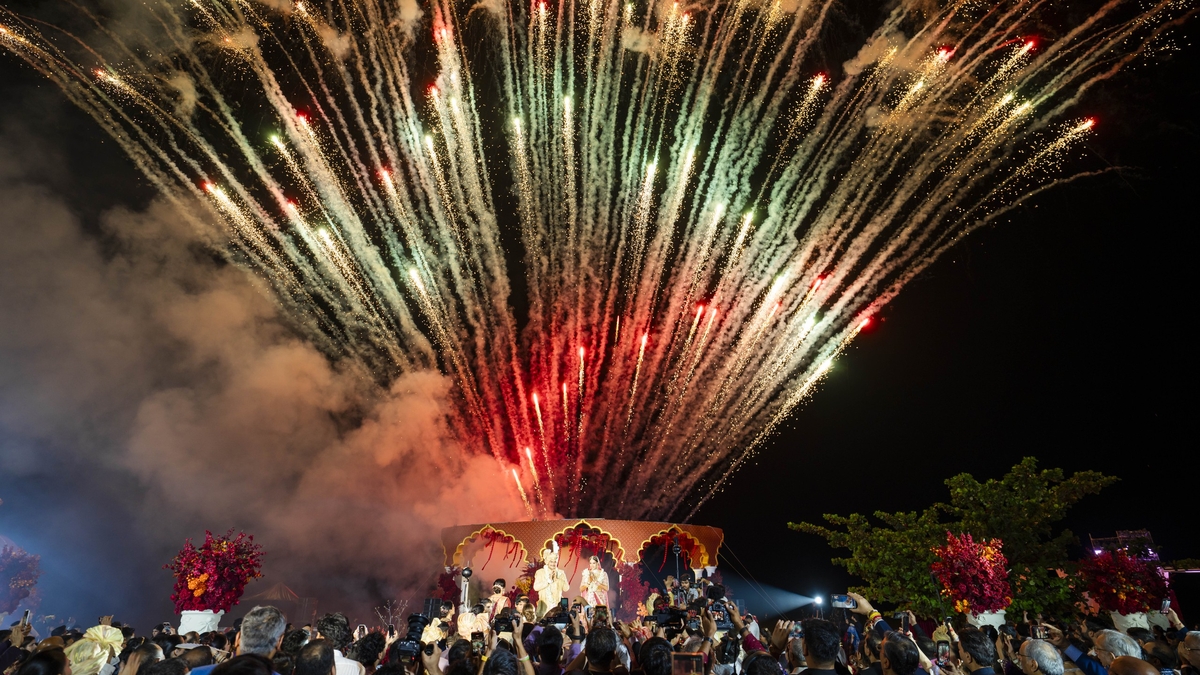
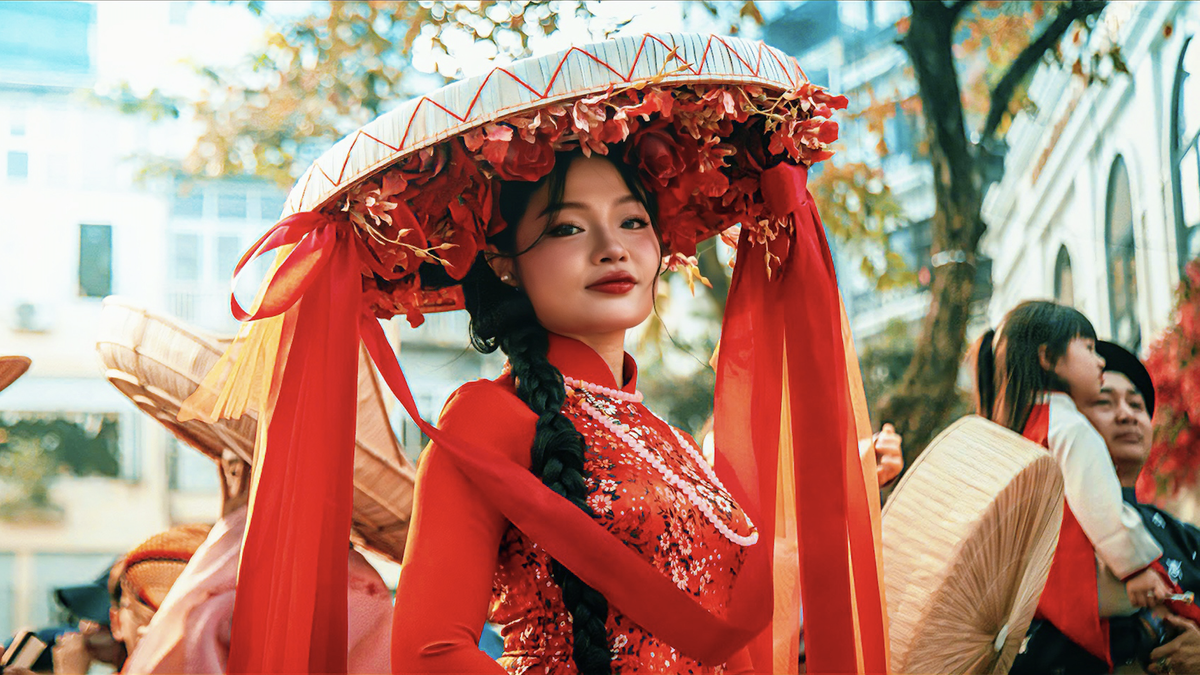

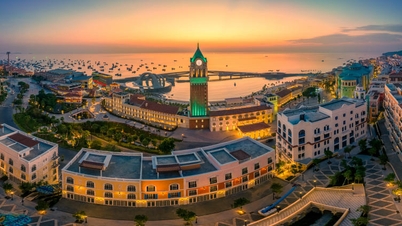



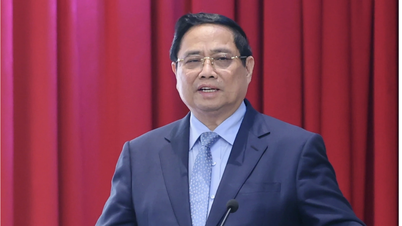

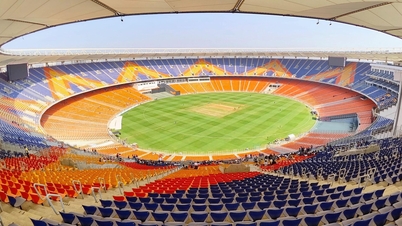

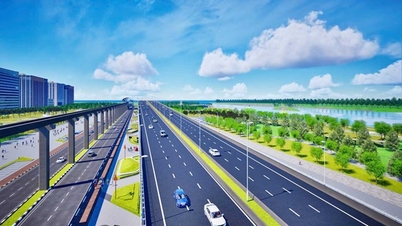


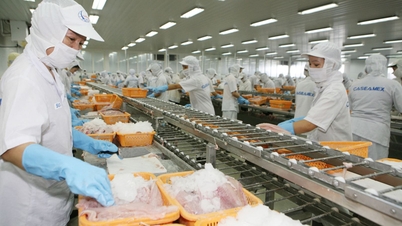
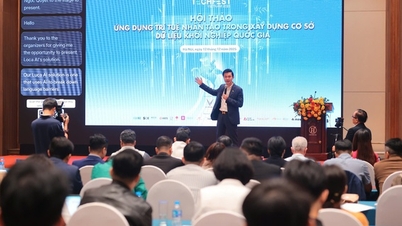

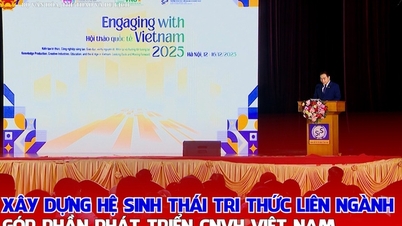

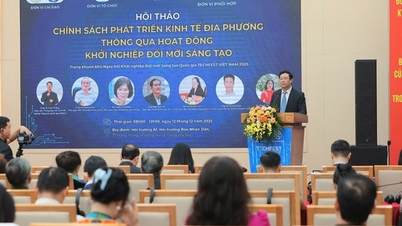

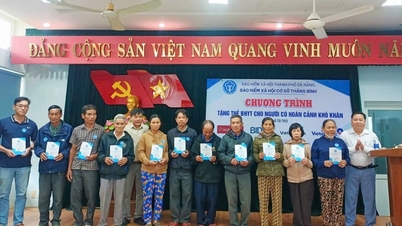

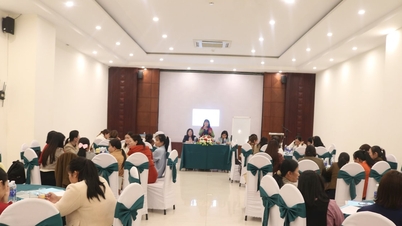
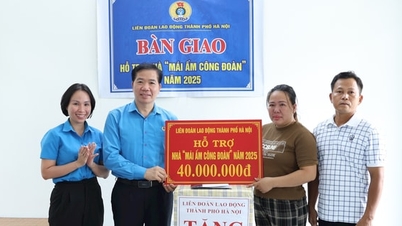


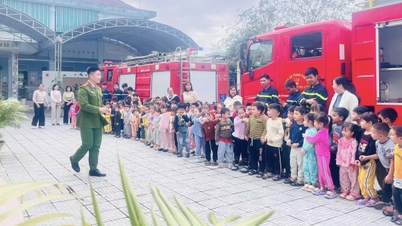

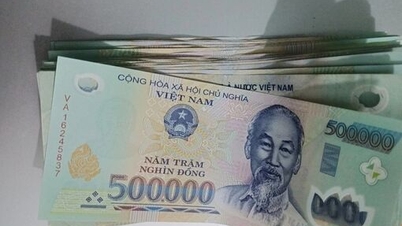




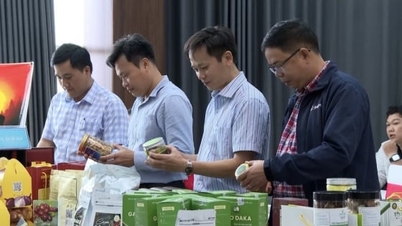






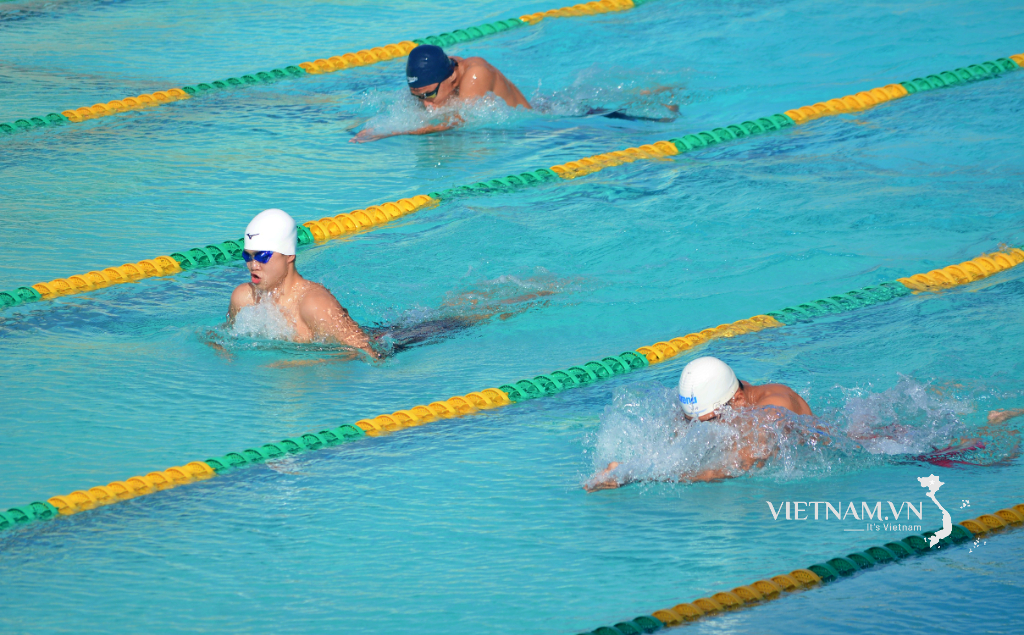

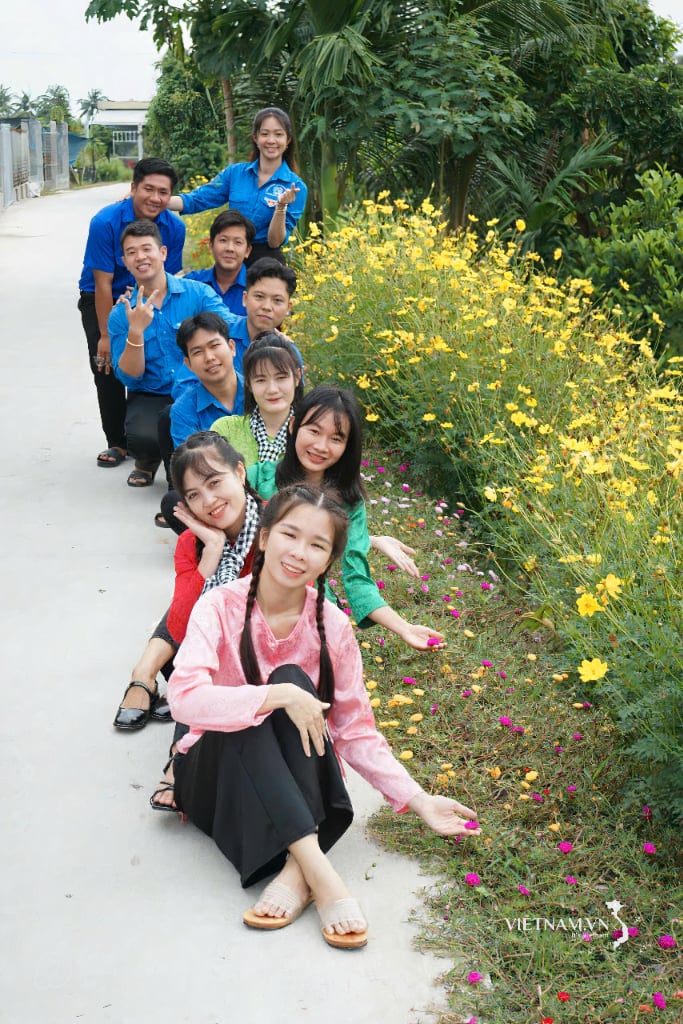
Comment (0)